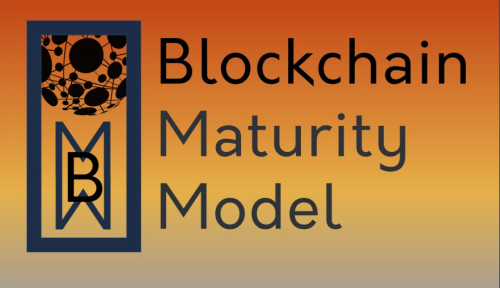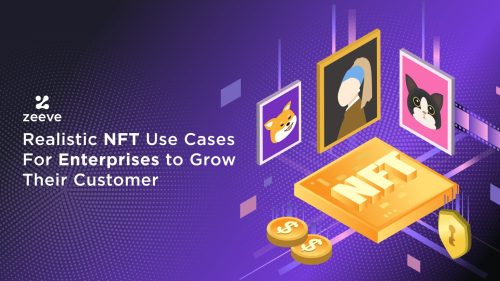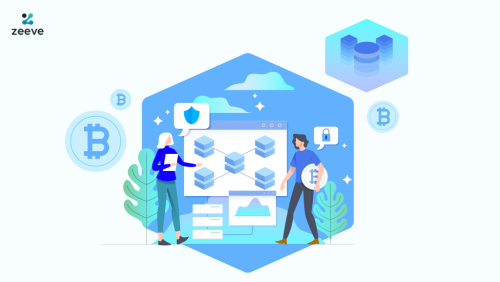
GBA Launches New Blockchain Assessment Methodology
Washington, DC, July 22, 2022 – The Government Blockchain Association (GBA) has published the Blockchain Maturity Model (BMM) Assessment Requirements. This is the second published document in the BMM Series. Why is the GBA Establishing the Blockchain Maturity Model?
“Organizations around the world are beginning to acquire blockchain solutions. The problem is that they do not have the knowledge or framework to distinguish between a reliable solution and a hyped prototype.” Stated Gerard Dache, Executive Director of the Government Blockchain Association. He goes on to say, “the BMM helps vendors demonstrate their credibility to potential customers as well as provides a roadmap to continuous improvement.
A Blockchain Maturity Model assessment evaluates a solution from 11 different perspectives and assigns a level to each perspective. The assessment allows both investor and startup along with each buyer and seller to have a consistent understanding of the maturity of the solution. For example, it identifies if a solution is ready for R&D funding, or it is ready to be deployed as a proof of concept. It lets all stakeholders know if a solution is ready for deployment into production in a local, enterprise, or global environment.
The model has been in development since November 2020 and has been composed, reviewed, critiqued, and debated by experts from around the world representing a wide variety of blockchain methodologies. The model has been validated by comparing it with many different blockchains including Proof of Work, Proof of Stake, Proof of Authority, Byzantine Fault Tolerance, and many other network synchronization mechanisms.
“The BMM has found the practical balance between broad-based and meaningful applicability to all public and permissioned blockchain protocols,” said Paul Dowding, Head of Design for the TapestryX Blockchain.
As part of establishing the assessment process, a limited number of pilot assessments have been conducted. The assessments have potentially identified two areas that need remediation for their solutions to be immutable. Some of the blockchains evaluated had a vulnerability that would allow a single person to make root level change to the data on a blockchain without anyone else being able to detect it or know about it. The second area needing remediation uncovered by the assessments was the lack of technology infrastructure controls typically seen in more mature conventional software projects. Most vendors had an idea, developed marketing materials, created a demo, raised funds, and then frantically started building spaghetti code to quickly fix bugs instead of having a technical strategy and a well-executed plan. The solutions seemed to lack the management discipline required of enterprise solutions.
While the Blockchain Maturity Model requirements were released earlier in 2022, it has taken until July 2022 to complete the BMM Assessment Requirements document. On August 4-5 a blended BMM Training Course will be conducted in Washington, DC.
According to the GBA Director of Standards & Certification, Meiyappan Masilamani, “The BMM is both a consultative and acquisition resource that will facilitate the maturity of the entire industry.
For more information about the BMM please visit https://gbaglobal.org/blockchain-maturity-model.
For information about BMM training, please visit https://gbaglobal.org/events/category/bmm
For more information about the GBA please visit: https://gbaglobal.org






Responses